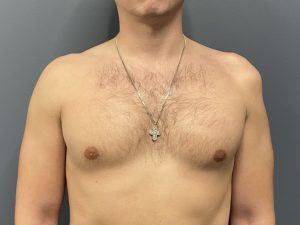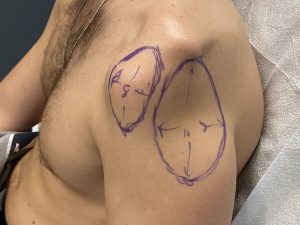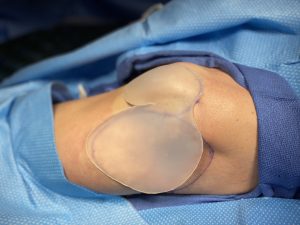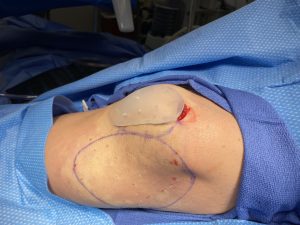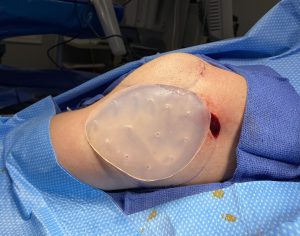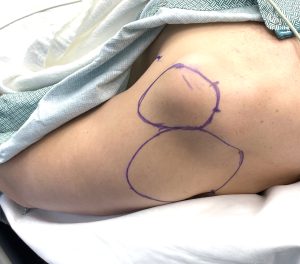Background: The deltoid muscle is a primary abductor of the upper arm whose mass gives the shoulder its rounded shape. Despite its seemingly uniform rounded shape it actually has three distinct heads or muscle masses, the anterior, lateral and posterior heads which helps the arm abduct in different planes. It is innervated exclusively by the axillary nerve.
The axillary nerve can be injured by a variety of mechanisms such as trauma or. Surgery. When sustaining a significant injury the deltoid muscle will quickly atrophy down to just a fraction of original mass. Instead of a convex shape in profile the shoulder becomes indented or concave. With that loss of muscle mass comes shoulder asymmetry which appears as if a bite of tissue was taken from the shoulder. It becomes skeletonized with the prominent appearance of the bony acromion and coronoid processes of the scapula.
In treating the aesthetic shoulder asymmetry from deltoid muscle atrophy, treatment options include fat injections and implants. Each has their advantages and disadvantages. When implants are a consideration the relevant issues are what type of implants (size, shape and number), the incision placement to insert them and what tissue pocket should be used..
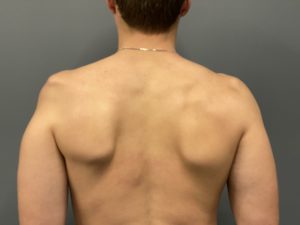


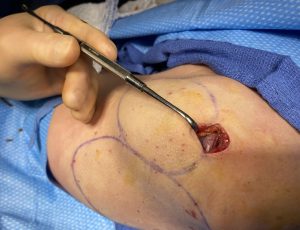
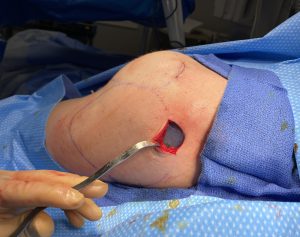

There are numerous methods of making custom body implants of which the moulage method is an effective one. It is an artistic method that requires creating a silicone elastomer putty mixture and molding it into the desired contour shape until set. From these silicone moulage templates the permanent implants are created by injection into printed molds from the scanned models. Implant designing can also be done from 3D shoulder CT scans but comes at a higher cost to do so.
Case Highlights:
1) Deltoid muscle atrophy is a common sequelae of an axillary nerve injury.
2) For the shoulder asymmetry due to deltoid muscle atrophy an effective treatment option are implants for which a custom design approach works the best. A moulage design technique is one method for such custom implant fabrication.
3) Deltoid implants are most effectively placed in either the subfascial or submuscular pocket through small superior skin incisions.
Dr. Barry Eppley
Indianapolis, Indiana



